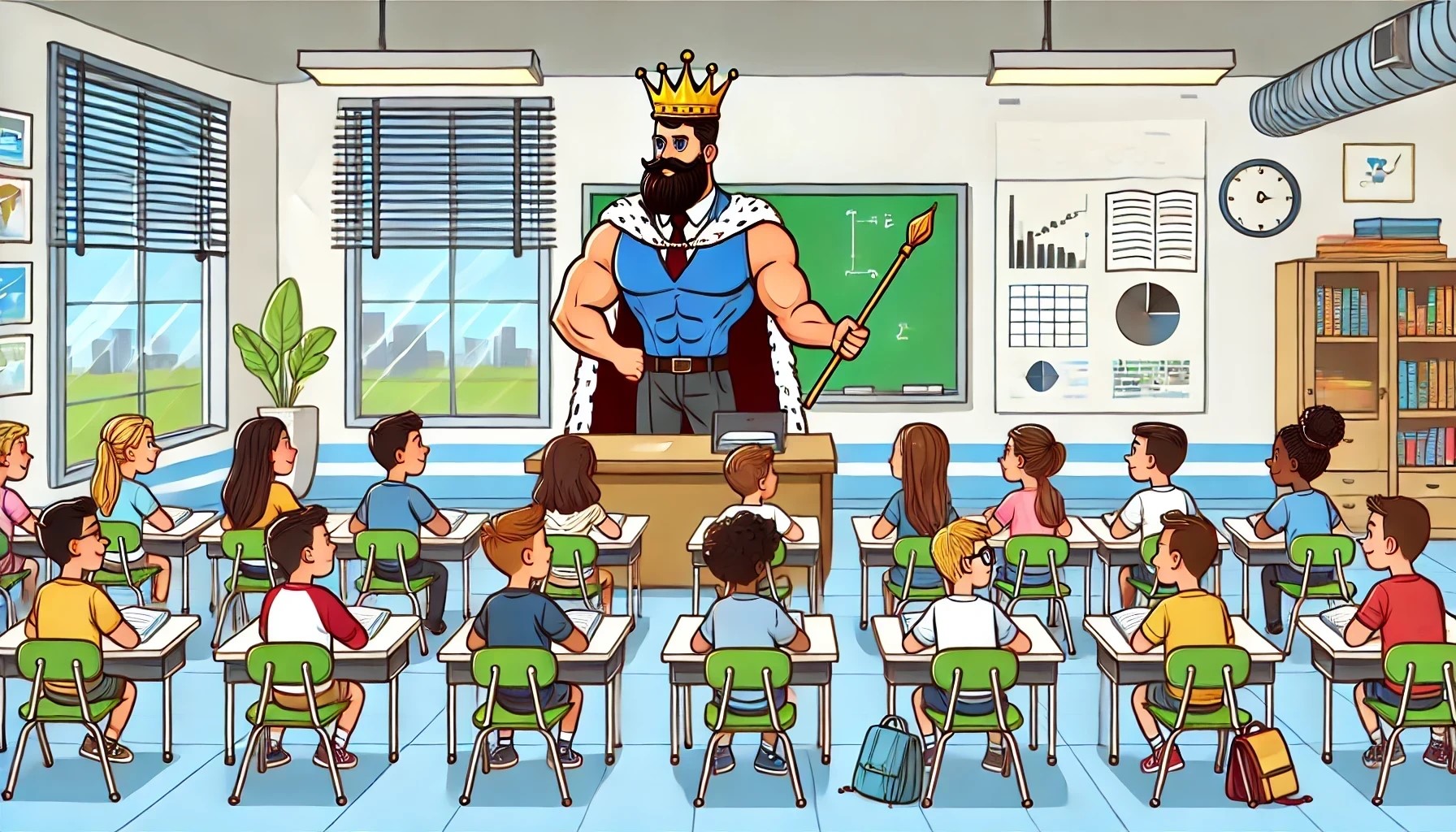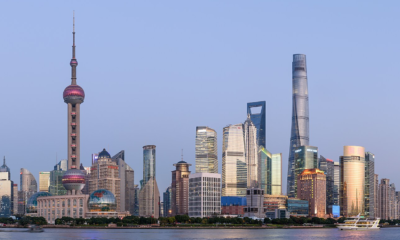Finance
The problem of collective action: An illustration in education

As formalized by Mancur Olson in his seminal 1971 book The logic of collective actionsmaller social groups are easier to organize than larger ones. As a result, a small group will be more effective at lobbying governments, even if the total benefits of its members are less than what all members of the large group lose. One example can be found in primary and secondary education, where teachers’ unions impose working conditions that are in the interest of their members, but reduce the value of the product that students and their parents receive. (To see “Schools in rich countries are making poor progress,” The economistJuly 7, 2024.)
Two parties to an exchange benefit (as judged by each party for itself), otherwise one would refuse. But this basic economic principle applies only to a free exchange; it does not apply if a party imposes its terms coercively, or if a party includes involuntary members.
Since 2000, the OECD’s Program for International Student Assessment (PISA) has assessed 15-year-old students in mathematics, reading and science. Average scores showed no improvement until early to mid-2010, then declined until 2022 (latest year available). Other indicators largely confirm the trend preceding the Covid-19 epidemic. The magazine notes:
About a quarter of 15-year-olds in OECD member states do not meet basic skills in mathematics, reading and science, according to PISA standards. That means 16 million teens struggle with tasks that involve math skills, or find it more difficult than necessary to extract meaning from basic texts.
One reason why the more numerous consumers (the students’ parents) cannot change the situation follows from Olson’s theory of collective action:
Students and their families are rarely organized; this makes it easier for teachers’ unions to oppose changes in, for example, teacher training and evaluation.
Some 70% of teachers belong to a union, an unusually high percentage, although it also includes less controlling employee associations. Parents whose children attend small schools may be able to organize themselves locally at low cost (in a decentralized system such as that of the US). Yet they often have to deal with state or national teacher unions. Unions benefit from special legal privileges and powers, such as the employer’s obligation to bargain, disruption of strikes or the threat thereof, or the obligation of employees to be union members or pay union dues. Depending on state law, teachers unions can exercise some of these powers, which facilitates their collective action and translates into restrictive collective “agreements.”
I am not claiming that this problem is the only problem affecting public schools. Other flaws in the political processes, including the short-term thinking of politicians, prevent elected officials from correcting the weaknesses of the public education system. The economist recognizes:
Meanwhile, leaders are being asked to expend political capital on changes that may not bear fruit for years.
******************************
The Unionized Teacher, by DALL-E (influenced by your humble blogger)













